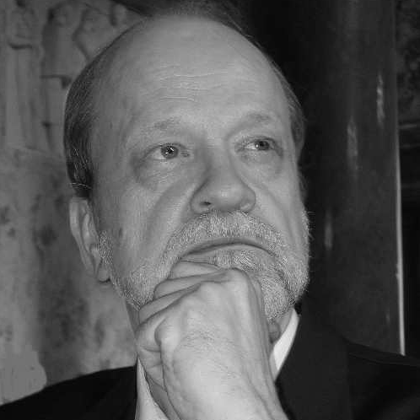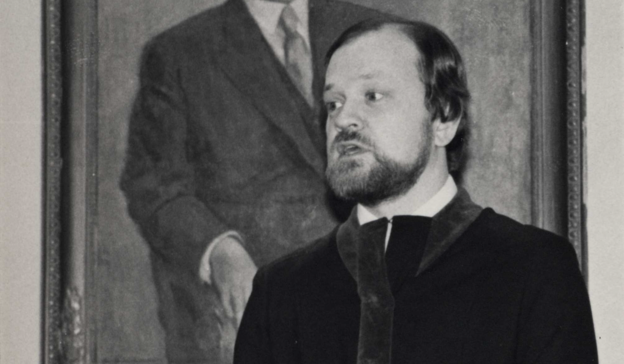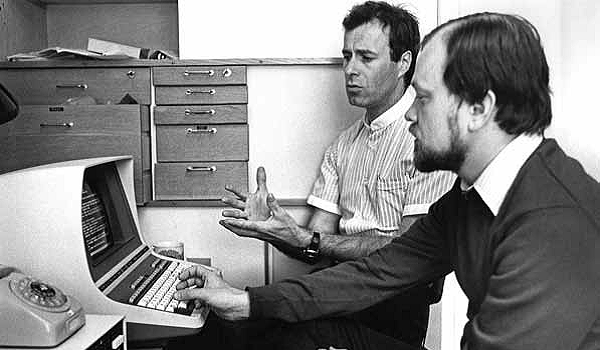Kimmo Koskenniemi
Kimmo Matti Koskenniemi
Born September 7, 1945, Jyväskylä
Master of Science 1967 (mathematics), Licentiate (general linguistics and computer science), PhD 1984 (general linguistics), University of Helsinki
Professor of computational linguistics/ language technology 1991–2012, University of Helsinki
Senior research fellow 1985–90, Academy of Finland, University of Helsinki
Senior programmer 1981–84, Academy of Finland, University of Helsinki
Mathematician, section manager and research associate 1967–80, University of Helsinki Computing Centre.
Research themes:
Automatic morphological analysis, i.e. the recognition of word forms and the application of the methods to historical linguistics as well as to dialects and to language forms which are old or which otherwise display variation.
Written by Kimmo Koskenniemi (Olli Siitonen ed.)
Translated by Matthew Billington







